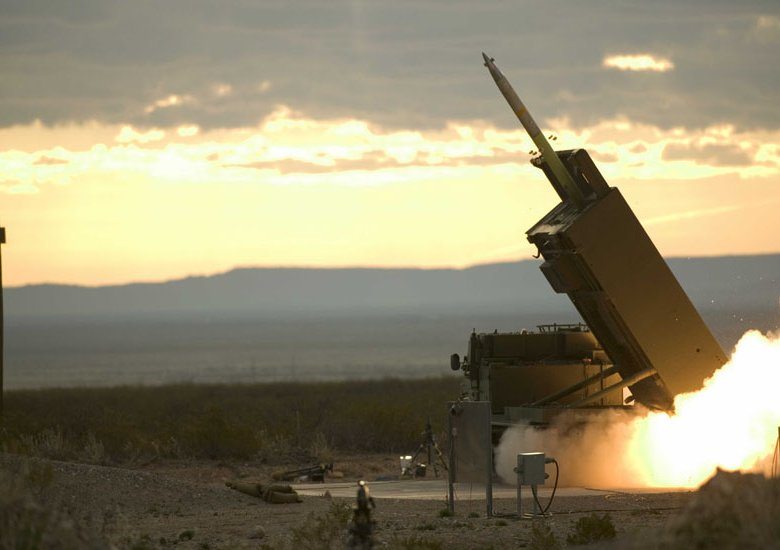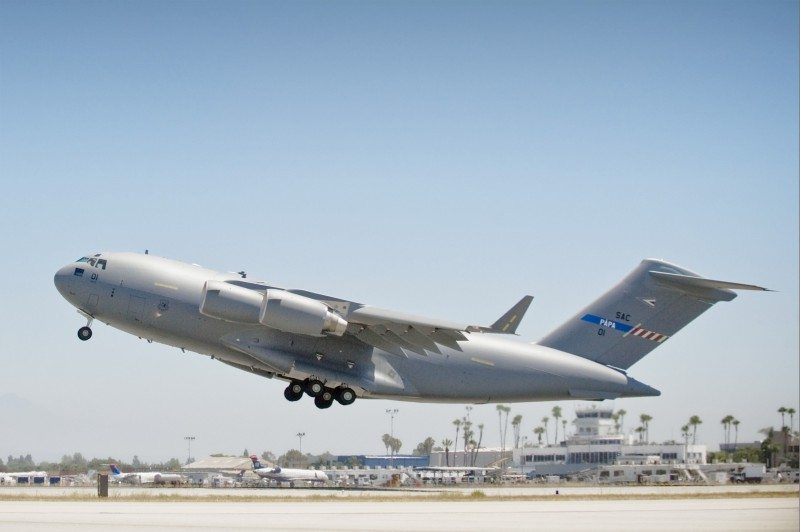Lockheed Martin has conducted the first Engineering, Manufacturing and Development (EMD) flight of the new Guided Multiple Launch Rocket System (GMLRS) Alternative Warhead at White Sands Missile Range, N.M.
Launched from a HIMARS mobile launcher, the GMLRS rocket flew 35 kilometers to the target, where the warhead detonated. This flight followed a successful ground-based test of the Alternative Warhead two weeks earlier.
“These tests are early indicators that we are on the right track in developing a warhead that meets the requirements defined by our armed forces, and that gives our Soldiers and Marines a distinct advantage on the battlefield,” said Scott Arnold, vice president of precision fires at Lockheed Martin Missiles and Fire Control.
The Alternative Warhead Program (AWP) is part of a U.S. Department of Defense plan to phase out submunitions, and is designed to achieve the same area-effects as the GMLRS submunitions warhead, but without the lingering danger of undetonated explosives.
The GMLRS Alternative Warhead is unitary and fits within the existing GMLRS architecture as a replacement for the Dual-Purpose Improved Conventional Munition warhead. The Alternative Warhead is being developed by ATK under subcontract to Lockheed Martin.
In April 2012, Lockheed Martin received a $79.4 million contract from the U.S. Department of Defense to develop AWP. Under the terms of the contract, the EMD phase of the program runs 36 months, focusing on system performance, warhead qualification and producibility.
Lockheed Martin Missiles and Fire Control is a 2012 recipient of the U.S. Department of Commerce’s Malcolm Baldrige National Quality Award for performance excellence.
The Malcolm Baldrige Award represents the highest honor that can be awarded to American companies for their achievements in leadership, strategic planning, customer relations, measurement, analysis, workforce excellence, operations and results.











